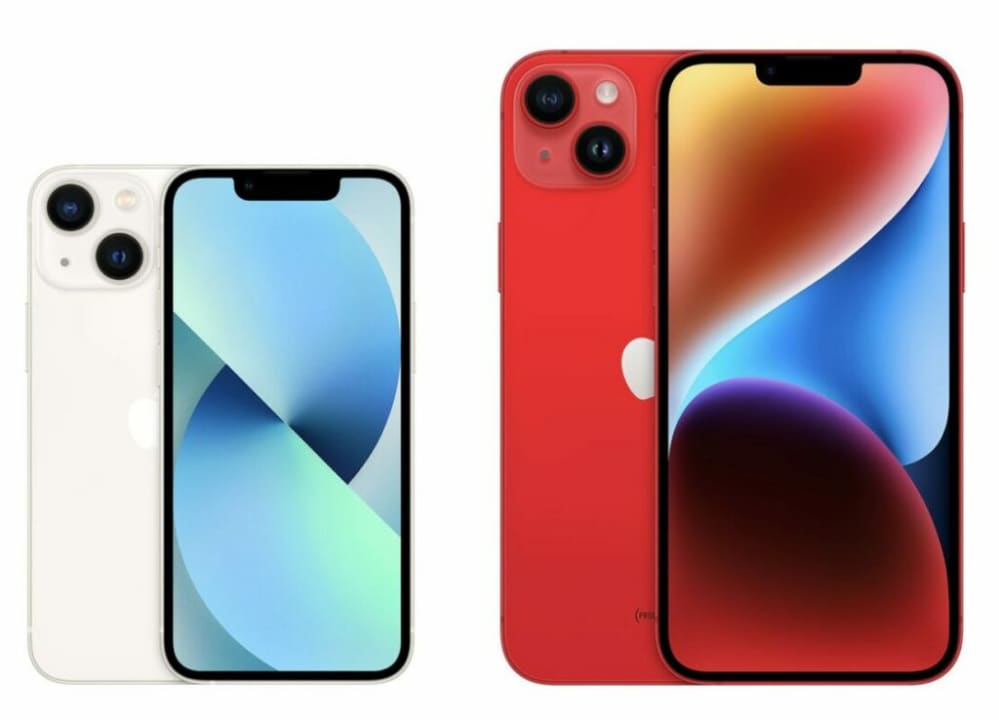News
The iPhone Mini’s Demise: Why Apple’s Decision was Justified
Figures that support the decision

- March 22, 2023
- Updated: July 2, 2025 at 2:45 AM

In 2020, Apple surprised us all and launched the iPhone 12 mini. A compact version that was meant to be a more affordable option compared to the other models in the iPhone lineup and also a nod to those who prefer a more manageable iPhone.
The move was repeated with the iPhone 13 mini the following year, but not with the iPhone 14. With the iPhone 14, things changed completely, with the entry-level and Pro range being offered in two size options. That left behind the short-lived, beloved iPhone mini. Beloved? Maybe not so much.
A tremendous comeback for the iPhone range
Although Apple does not disclose exact sales figures, data compiled by Consumer Intelligence Research Partners (CIRP) revealed that the iPhone 12 mini accounted for only 5% of all iPhone sales in the United States. The figure was even lower for the iPhone 13 mini, which accounted for less than 3% of iPhone 13 lineup sales.

Now, with these figures in hand, it is not so surprising that Apple canceled the iPhone 14 mini in 2022. A decision that certainly did not please everyone, but which is now more than justified. What was more surprising, perhaps, was the subsequent decision to replace it with the iPhone 14 Plus, a larger version of the standard iPhone 14.
While many questioned the rationale behind launching the iPhone 14 Plus, since the debut of the iPhone 14 series, it is clear that the iPhone 14 Plus is proving far more successful than the iPhone mini line. A phone that, without going to the performance and price of the Pro models, offers us a 6.7-inch screen and a battery capable of holding everything we ask of it.
After the launch of the iPhone 14 Plus, the first sales figures seemed weak. There were several reports that questioned Apple’s move to replace the iPhone 13 mini, but the situation is now different. A report from Display Supply Chain Consultants (DSCC) indicates that shipments of the iPhone 14 Plus easily surpassed the figures achieved by the mini.
To put some exact figures, we are talking about a 59% increase in sales of the iPhone 14 Plus compared to the iPhone 13 mini. Data that are even more relevant if we consider that the iPhone 14 vs. the iPhone 13 only increased sales by 2%. In other words, it is not a recent interest in the new iPhone 14 that pushes the iPhone 14 Plus, but the possibility of having a large screen without going to the Pro models.
Figures that point in one clear direction
That said, the most significant increase has rightly been in the Pro models. The iPhone 14 Pro and iPhone 14 Pro Max have seen a rise in demand of 22% and 23% respectively. On top of this, the iPhone 14 Pro Max takes 36% share over sales of all iPhone 14 models, followed closely by the iPhone 14 Pro at 28%, and the iPhone 14 at 25%. This leaves the iPhone 14 Plus with 11%.

All of this data may be key in supporting rumors of an iPhone 15 Ultra or, at the very least, that the Pro-named iPhones will enjoy more new features, including the impressive A17 Bionic, more features and, in general, be more differentiated from the entry-level models.
The launch of the iPhone 14 Plus has proved to be a winning bet for Apple. The company has been able to respond to market demands and our preferences by offering a model with a larger screen – in fact the iPhone 15 Pro Max is going to set a new world record in that regard – and with all the features and functions of the iPhone 14 series. A success that points in one direction: more screen, better chip and more features, even if the price is higher, is the order of the day.
Architect | Founder of hanaringo.com | Apple Technologies Trainer | Writer at Softonic and iDoo_tech, formerly at Applesfera
Latest from David Bernal Raspall
You may also like
 News
NewsA hacker threw his Macbook into the river trying to avoid being caught. Of course, they caught him
Read more
- News
20% of purchases during Cyber Week were made thanks to AI
Read more
 News
NewsBefore he died, Christopher Lee watched the best of his movies in the company of the nurses
Read more
 News
NewsGrand Theft Auto will not be set in the future again after the failure of 'GTA 2'
Read more
 News
News'Expedition 33' has already been plagiarized. In China, of course
Read more
 News
News'No Other Choice' has been a box office success, and it is not the only indie film that has managed to rake in a fortune
Read more